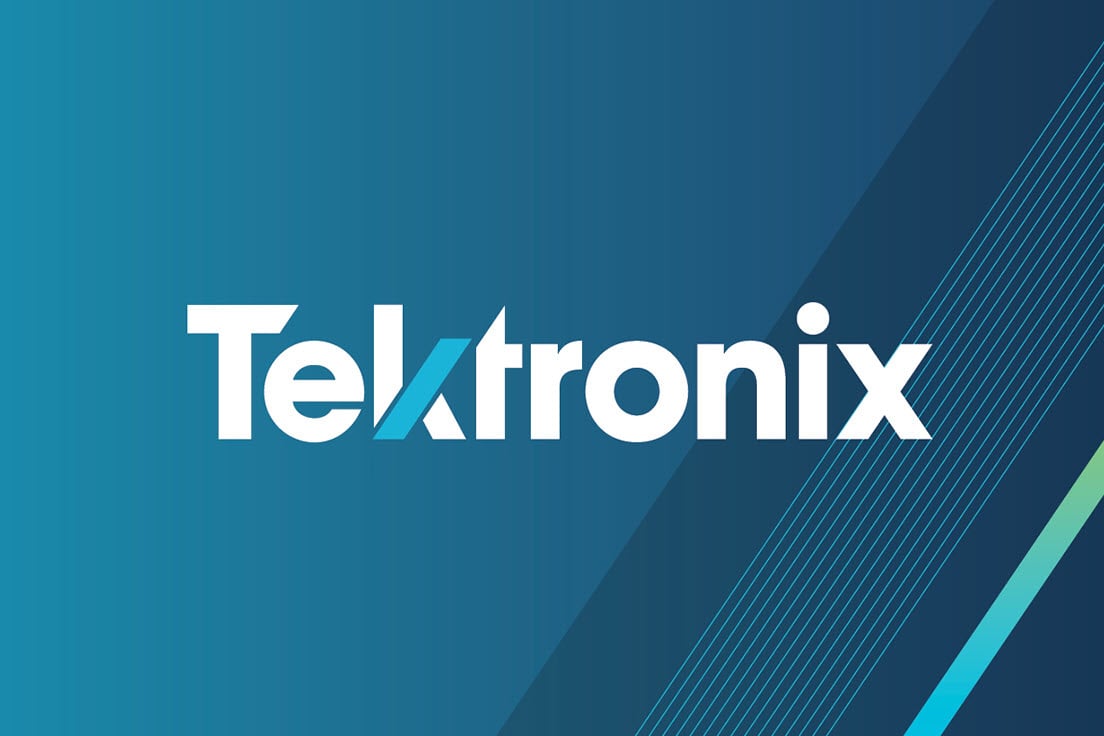

There are two related problems with ubiquitous Wi-Fi networks we all have in our homes and businesses. First, there’s the sheer number of devices in the 2.4 and 5 GHz spectrum, from smart TVs to wireless doorbell cameras. Since the Wi-Fi protocol doesn’t provide for central management, all these nearby devices relentlessly compete with each other for airtime. Second, Wi-Fi networks struggle to keep pace with growing bandwidth requirements, and are ill-equipped to handle new applications like ultra-high definition streams and virtual/augmented reality programming.
These aren’t new problems and both could potentially be addressed in very meaningful ways by using the large swath of unlicensed spectrum in the mmWave band, centered around 60 GHz. To that end, the IEEE 802.11ad amendment to the 802.11 standard was ratified in 2012, laying the groundwork for the industry’s first multi- Gb/s Wi-Fi technology.
Silicon for the 802.11ad (aka “Wi-Gig”) standard rolled out six years ago, but they still make up only a small sliver of the vast Wi-Fi chip market. On one hand, the great thing about 60 GHz is that it passes through water vapor easily, allowing for high-throughput, moderate-range outdoor connections that are much less affected by weather compared to 2.4 GHz or 5 GHz. It also attenuates through atmospheric gases, meaning "last mile" connections can operate fairly close to each another without interference. On the other hand, 60 GHz gets blocked or reflected by solid obstructions such as concrete or brick walls, furniture, or glass, which has limited its appeal to date in the home.
Still, as the 2.4 and 5 GHz spectrum continues to get more crowded, interest in solving the challenges around mmWave spectrum continues, with many seeing 60 GHz as the key to opening up the next generation of wireless experiences. These could include new and exciting gaming and entertainment experiences such as 4K streaming, virtually lag-free mobile screen casting to an entertainment system and truly immersive wireless virtual and augmented reality experiences. Offering double-digit gigabit-per-second speeds, it also could be used a cost-effective replacement for optical cables for outdoor backhaul.
The higher levels of attenuation in the 60 GHz band also offers important advantages. The current 2.4 and 5 GHz bands are often almost unusable in multiple dwelling units, because of the large number of closely spaced access points competing for bandwidth. Security is also increased over the other bands, because stray power from the 60 GHz system is unlikely to make it out of a home. Since many users use only weak passwords or weak encryption, overall security can be improved if signals from a user’s WLAN are less likely to leave their premises.
Although adoption of 802.11ad has lagged, that will likely change with the release of the IEEE 802.11ay standard in late 2019. This next-generation Wi-Fi standard for the 60 GHz band increases the peak data rate to 100 Gb/s by supporting multiple independent data streams and higher channel bandwidth, among other advancements, while maintaining backward compatibility.
There are, however, a number of testing challenges must be overcome in order to make mmWave products economically viable. For example, unlike sub-6 GHz products that can be tested with contacted probes, mmWave requires over-the-air testing techniques. In addition, the 802.11ay standards specifies much wider component carrier bandwidths in the range of 400 MHz to 4 GHz, as opposed to only 160 MHz for sub 6 GHz. In addition, engineers and technicians who are experts in mmWave technology are a very scarce resource.
To accelerate the arrival of mmWave solutions, Tektronix has recently released support for IEEE 802.11ay, giving engineers a fast and easy way to accurately characterize their 802.11ay silicon or transceiver systems. The new software is ideal for use cases involving chip characterization using a high performance DPO77002SX 70GHz oscilloscope. With the lowest noise floor in the industry, the DPO70000SX series oscilloscopes are well suited to applications such as 802.11ay where developers need excellent test equipment signal fidelity without frequency downconversion in order to accurately measure margin and optimize device performance.
If you are an 802.11ay developer, you can learn more about the DPO70000SX here, or contact your local Tektronix representative.


